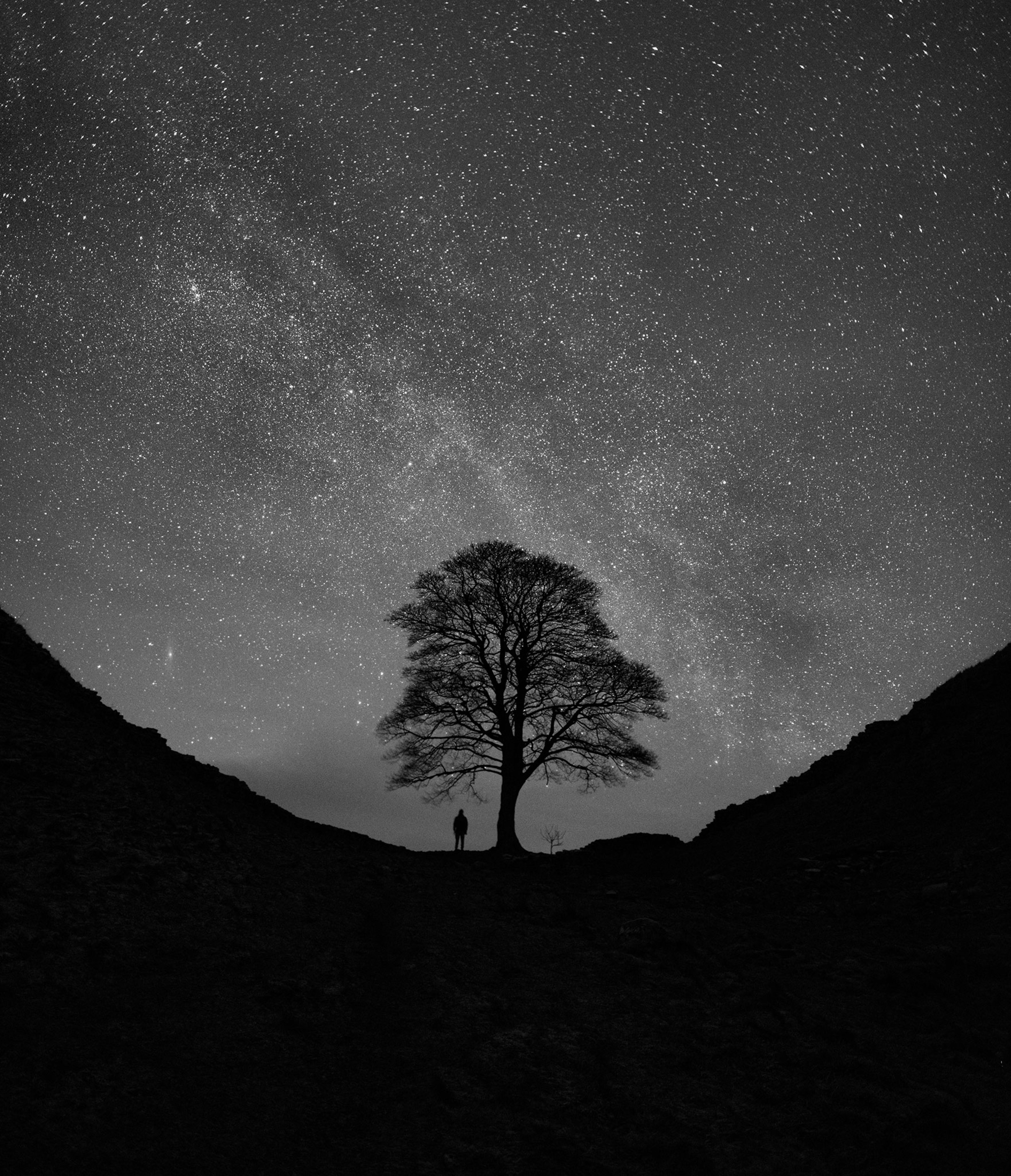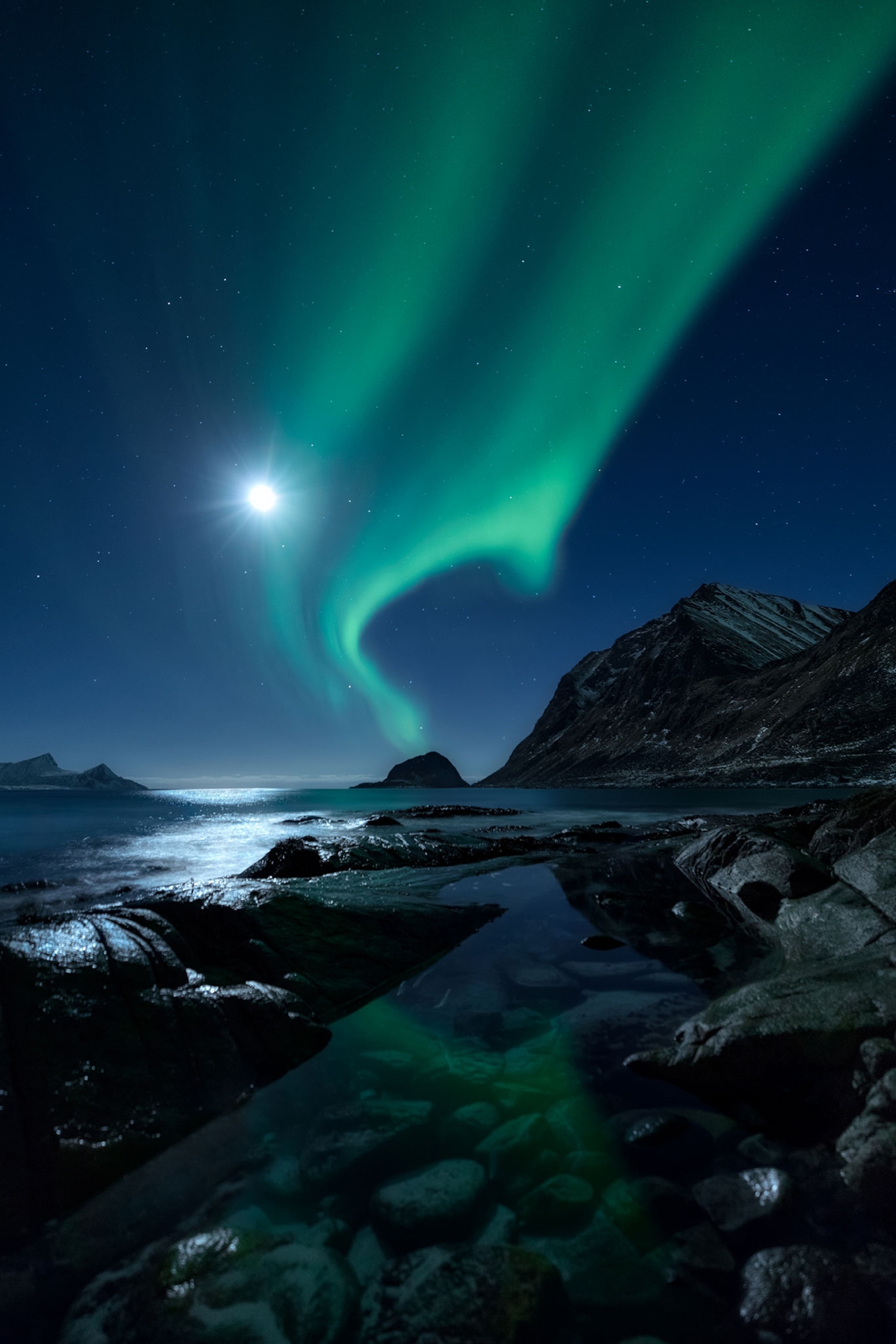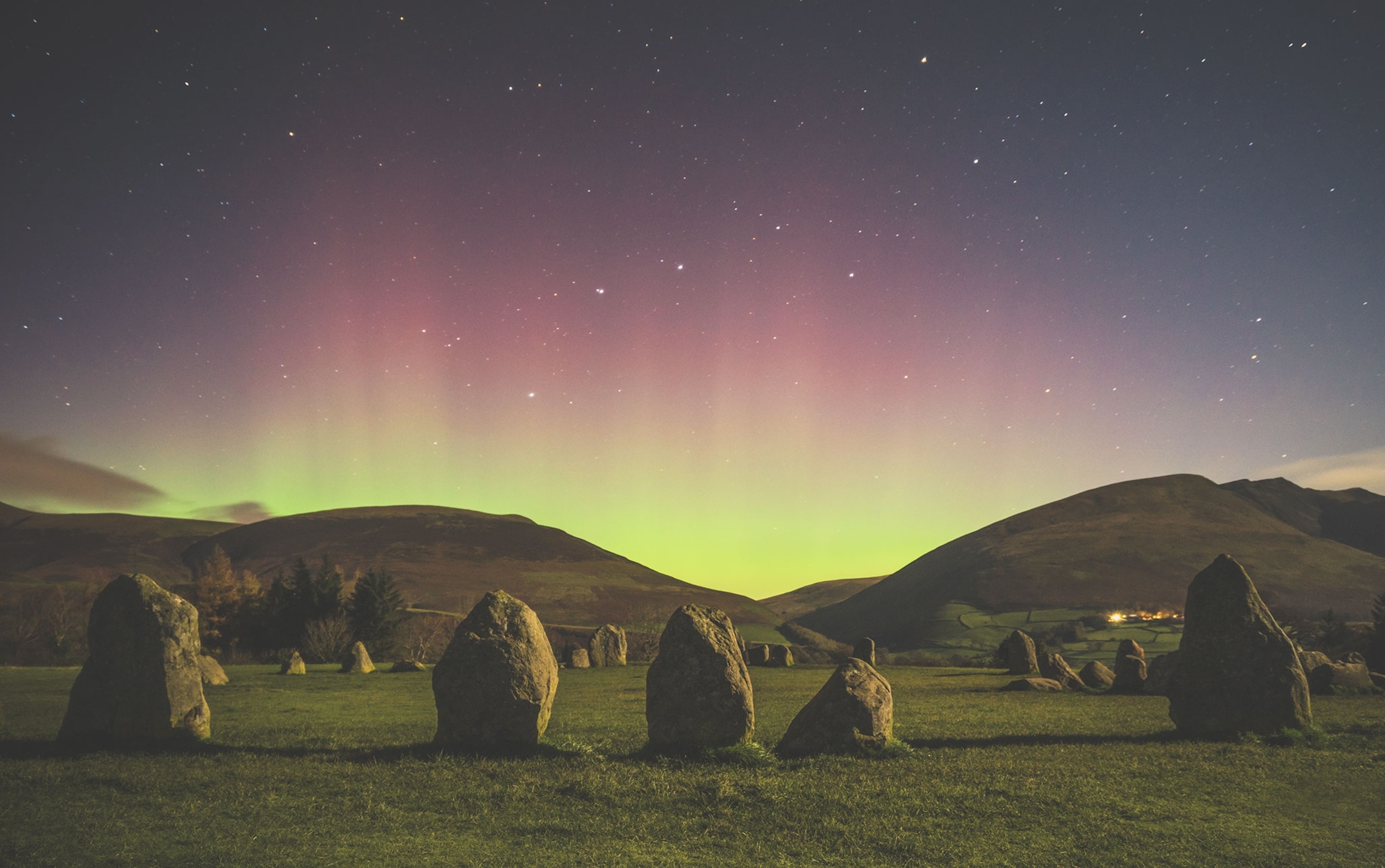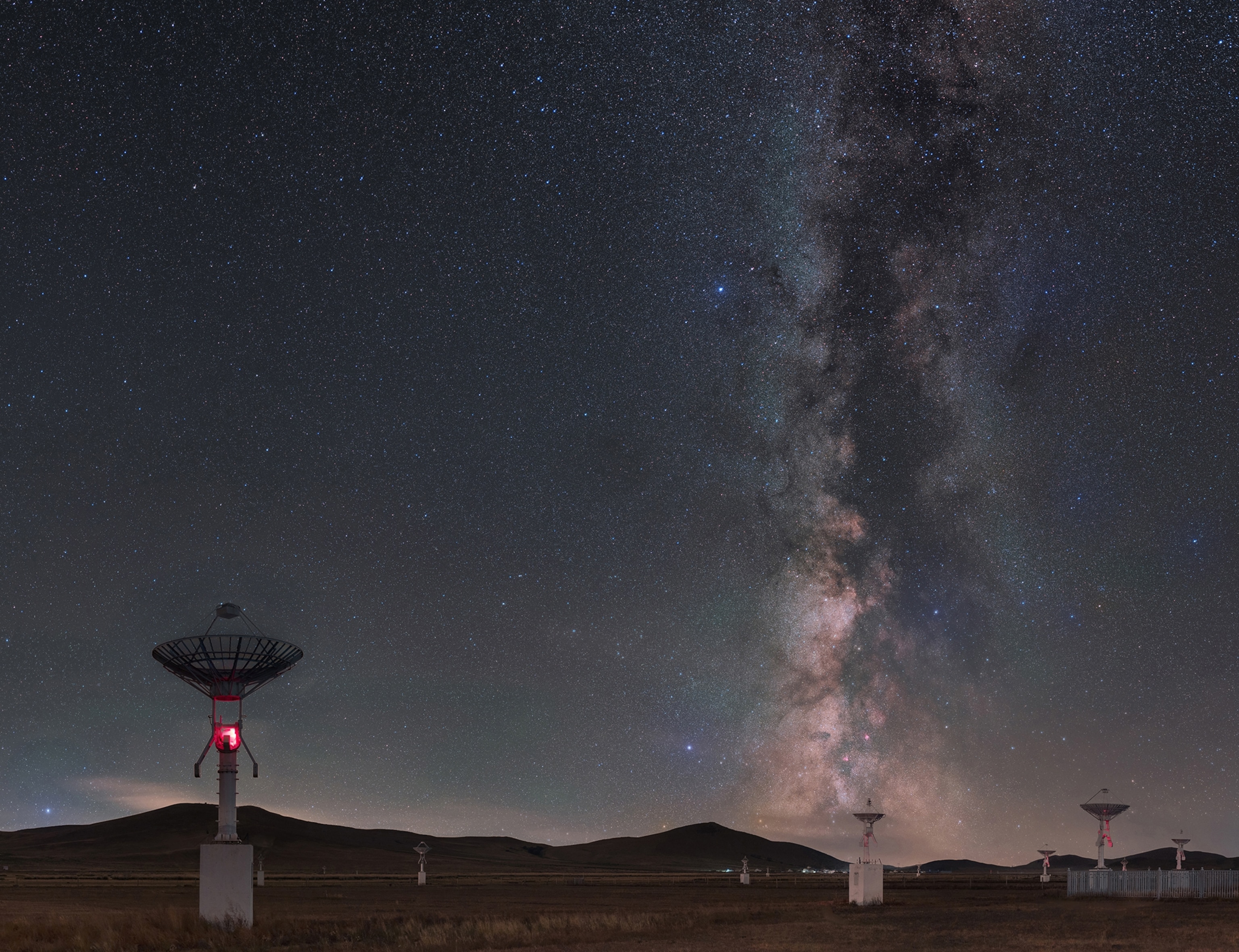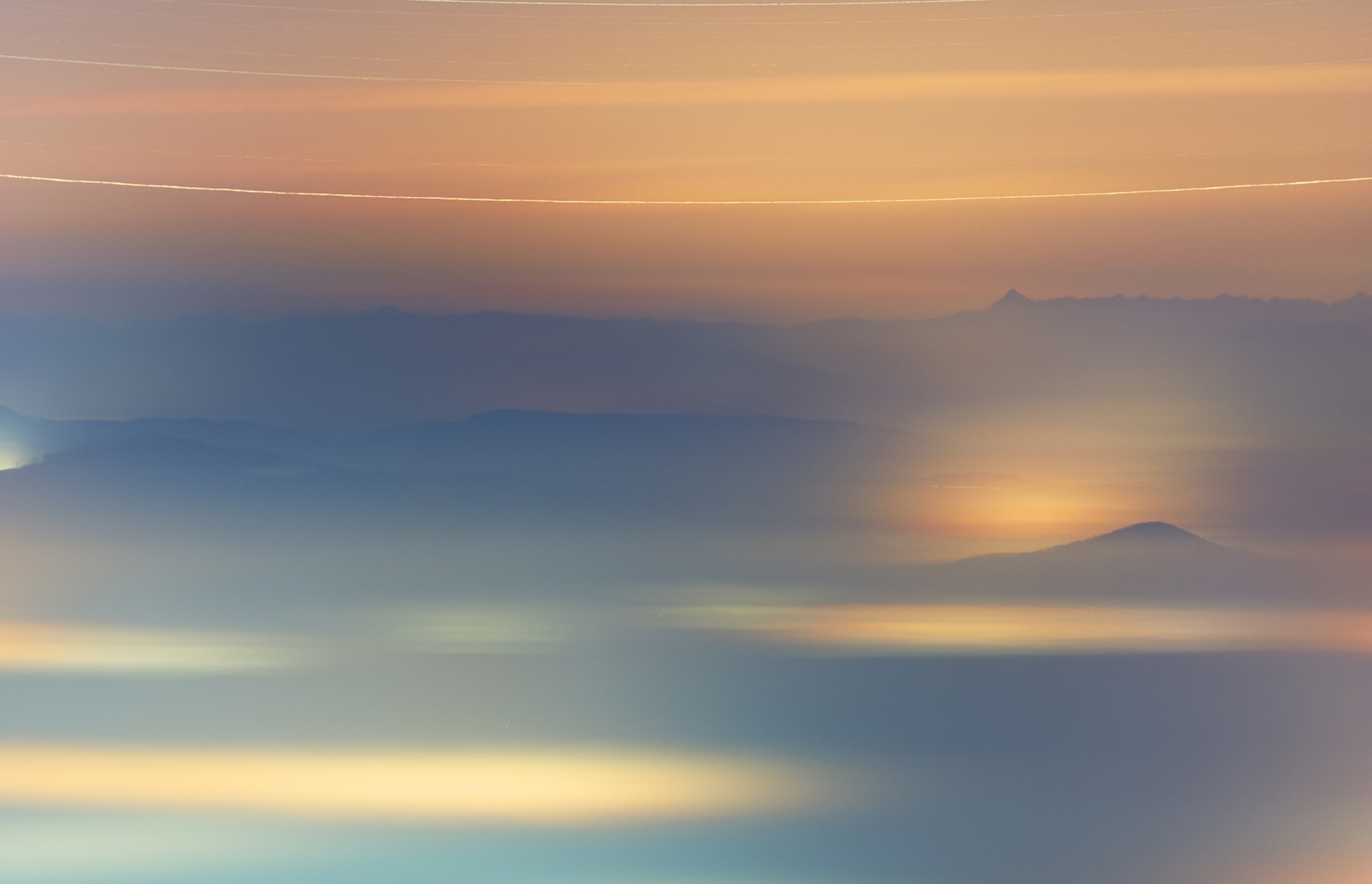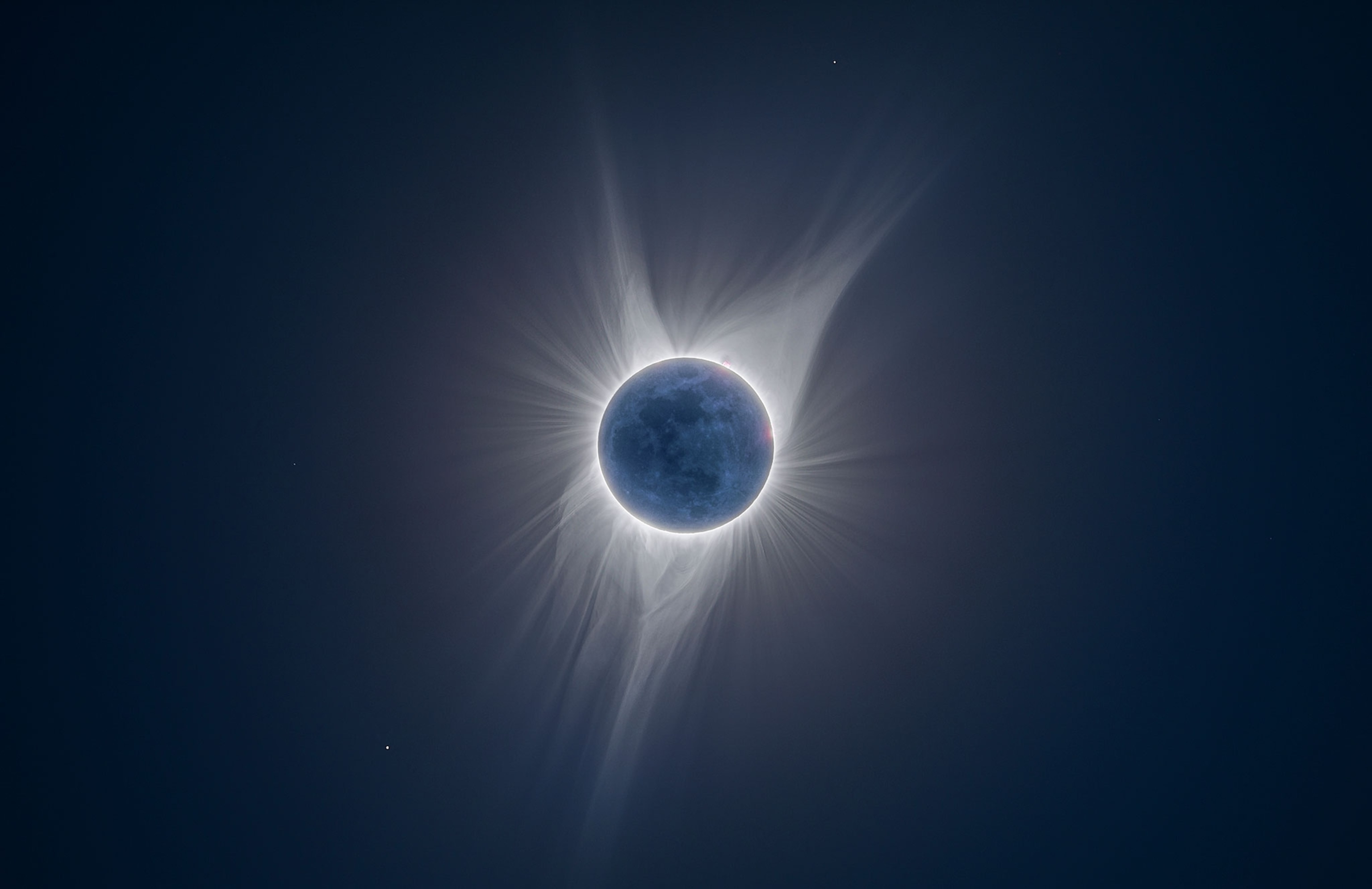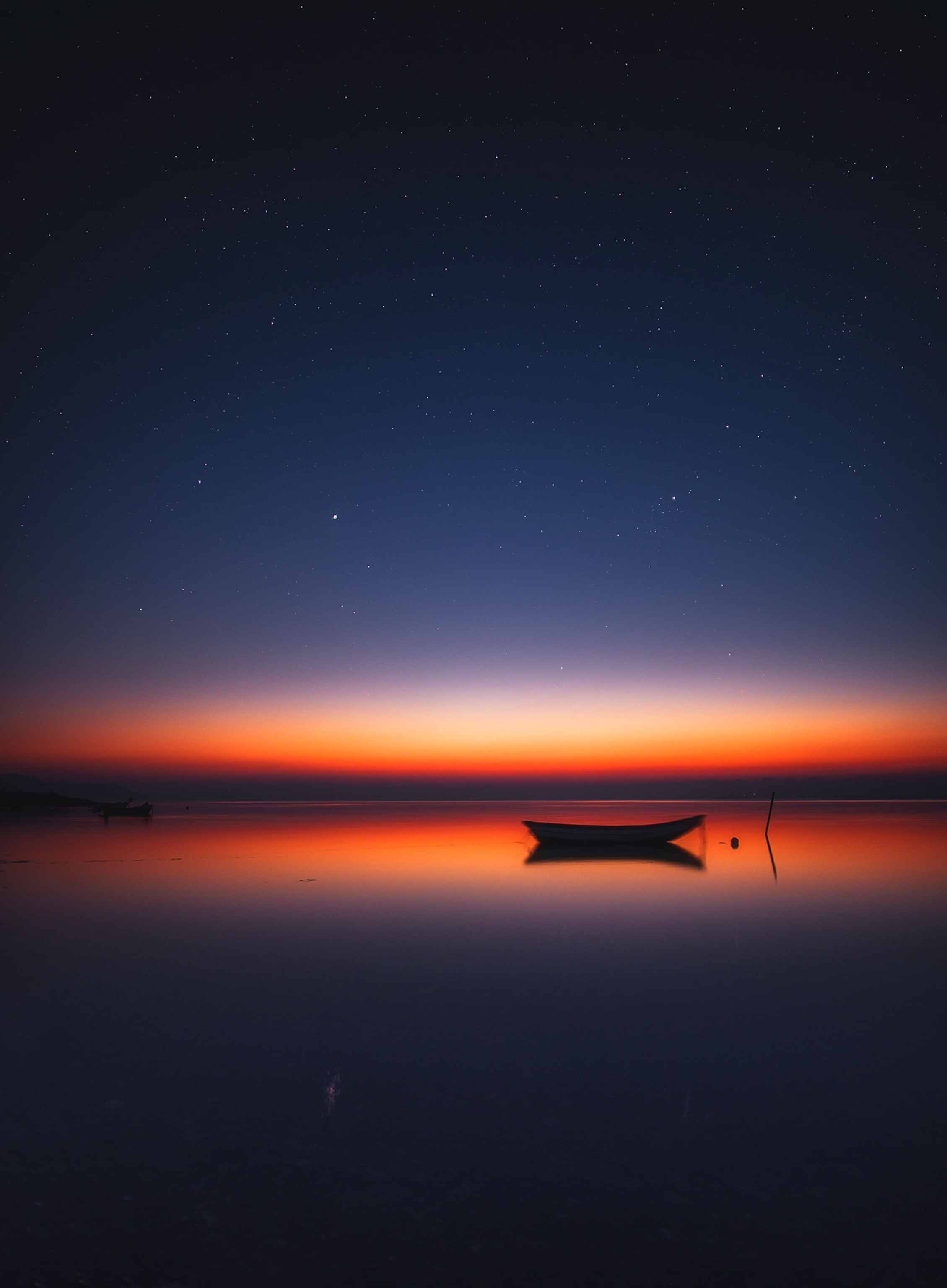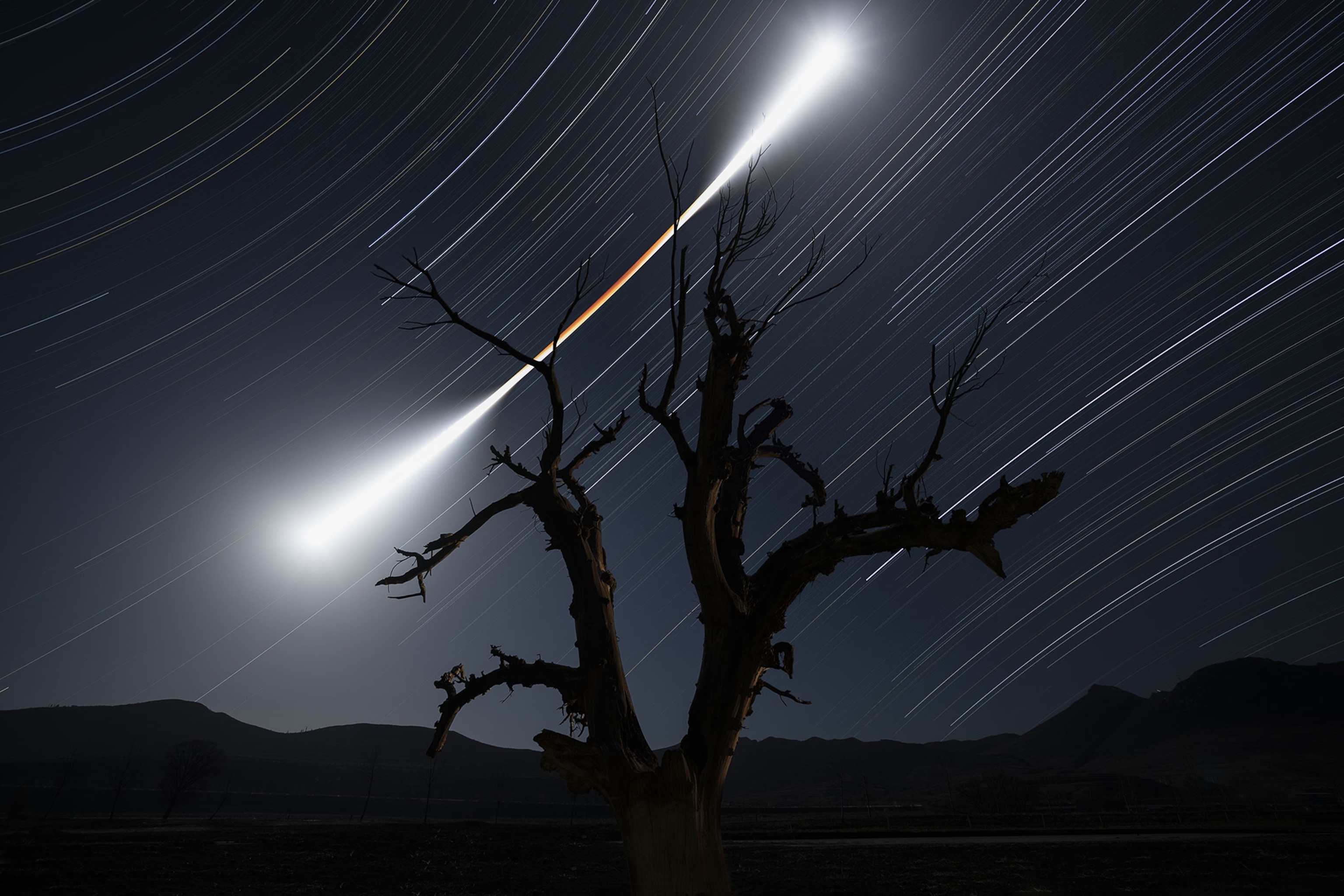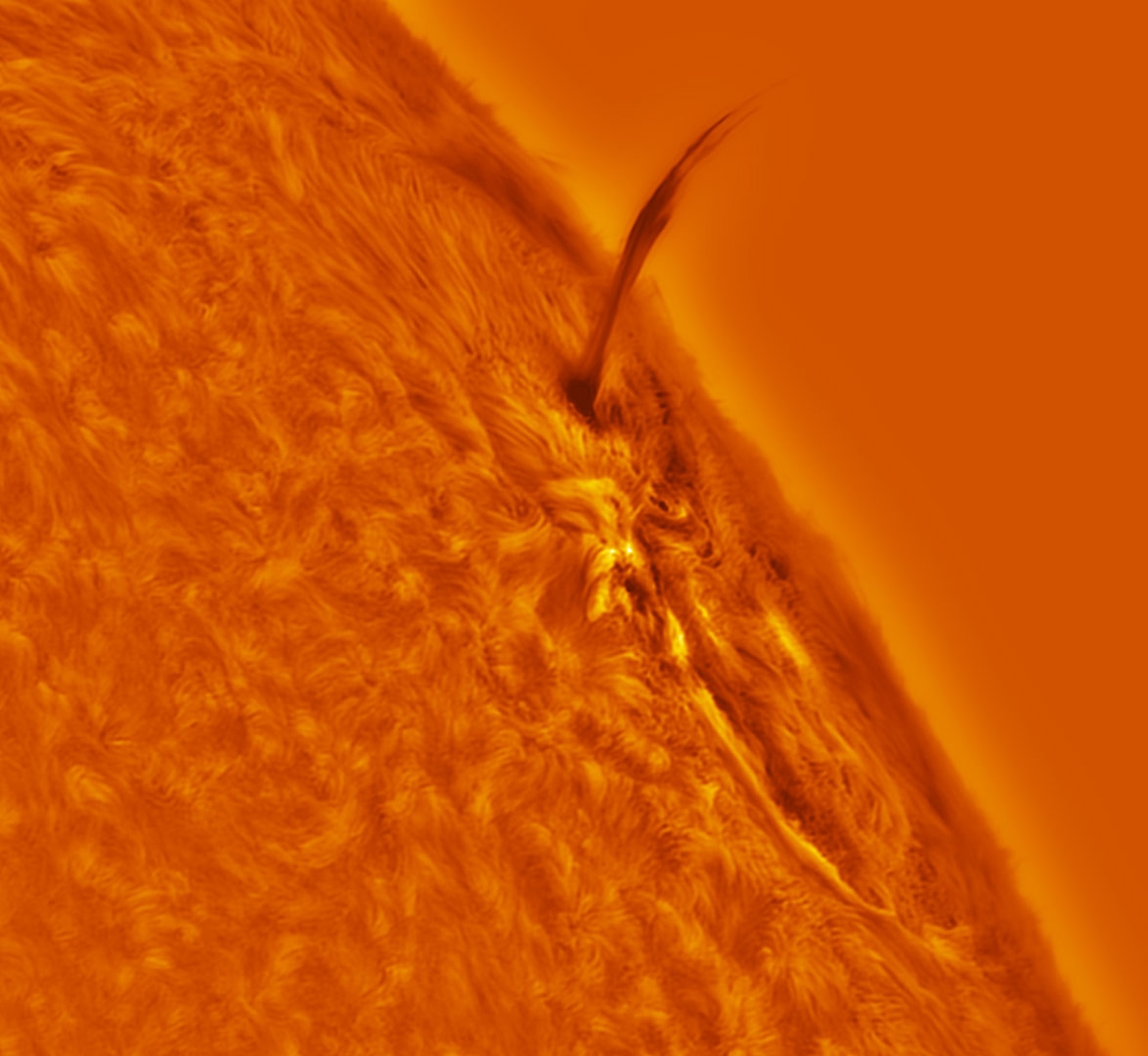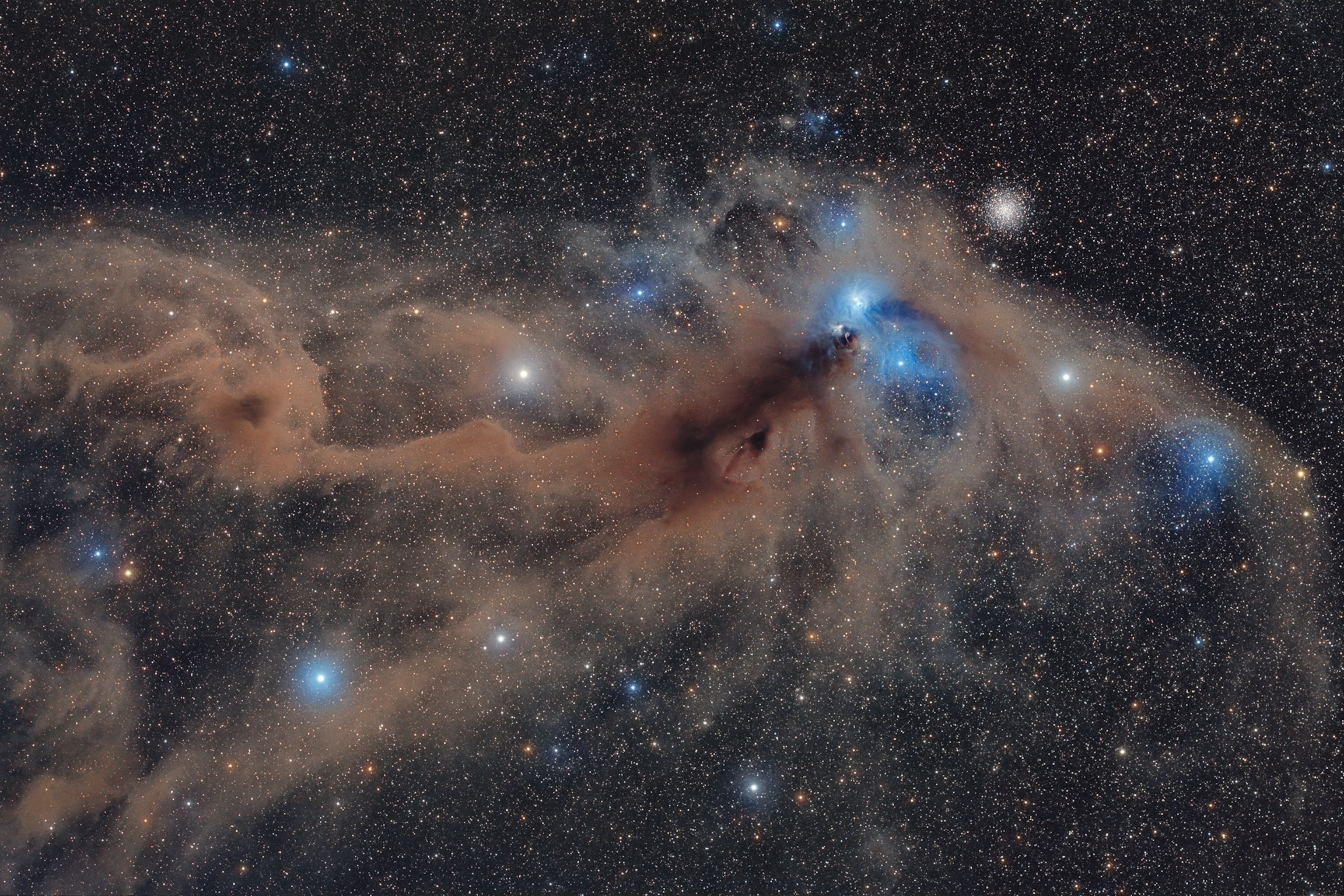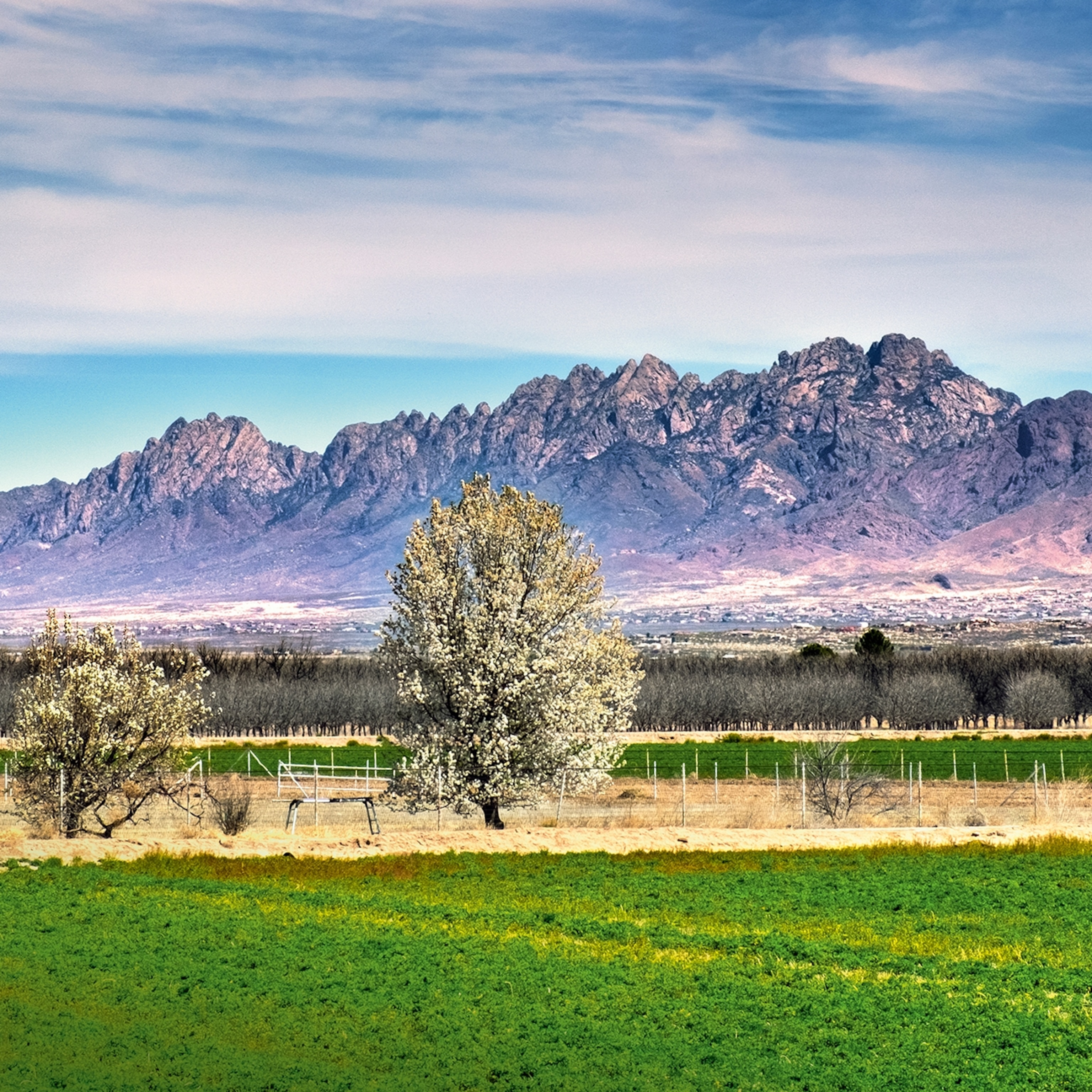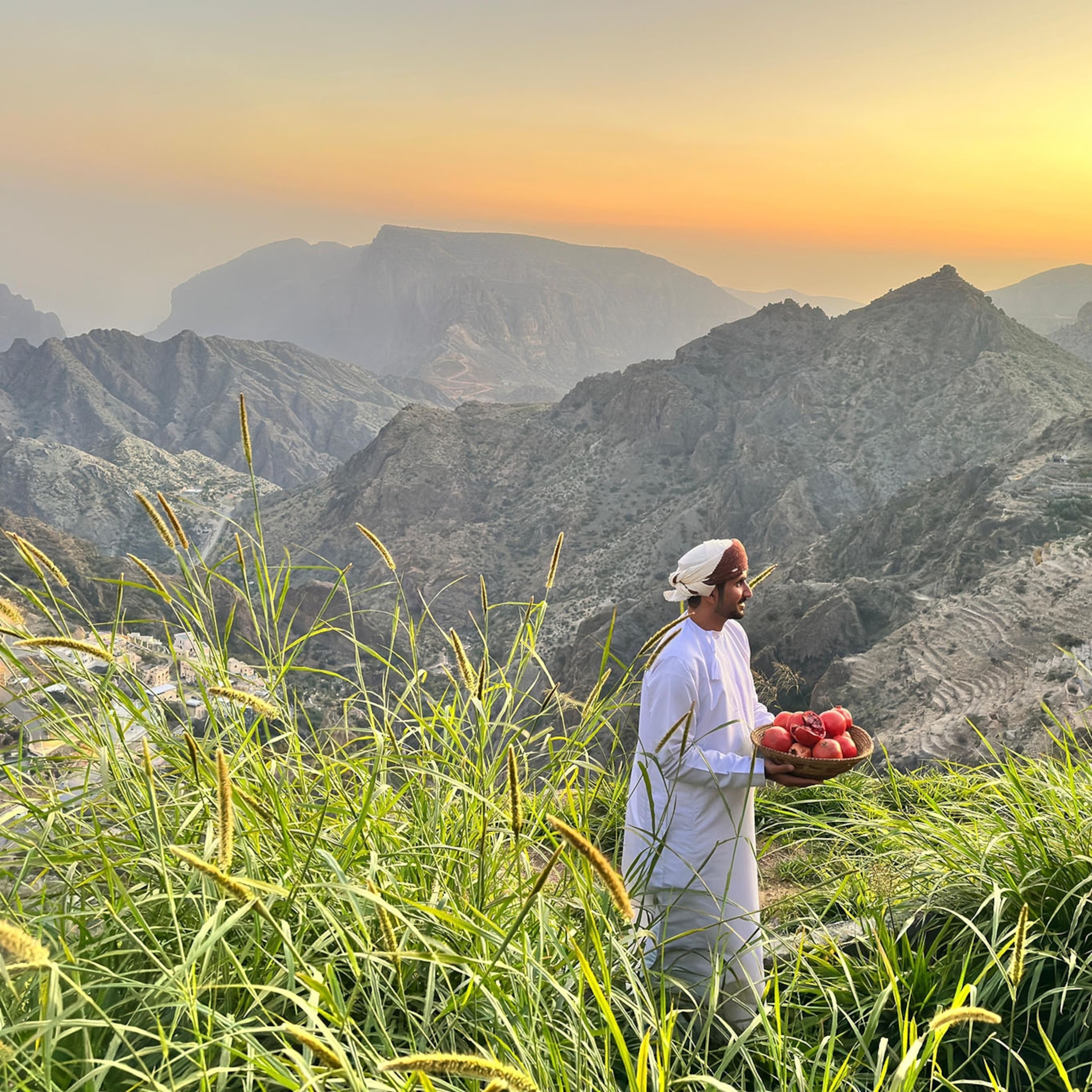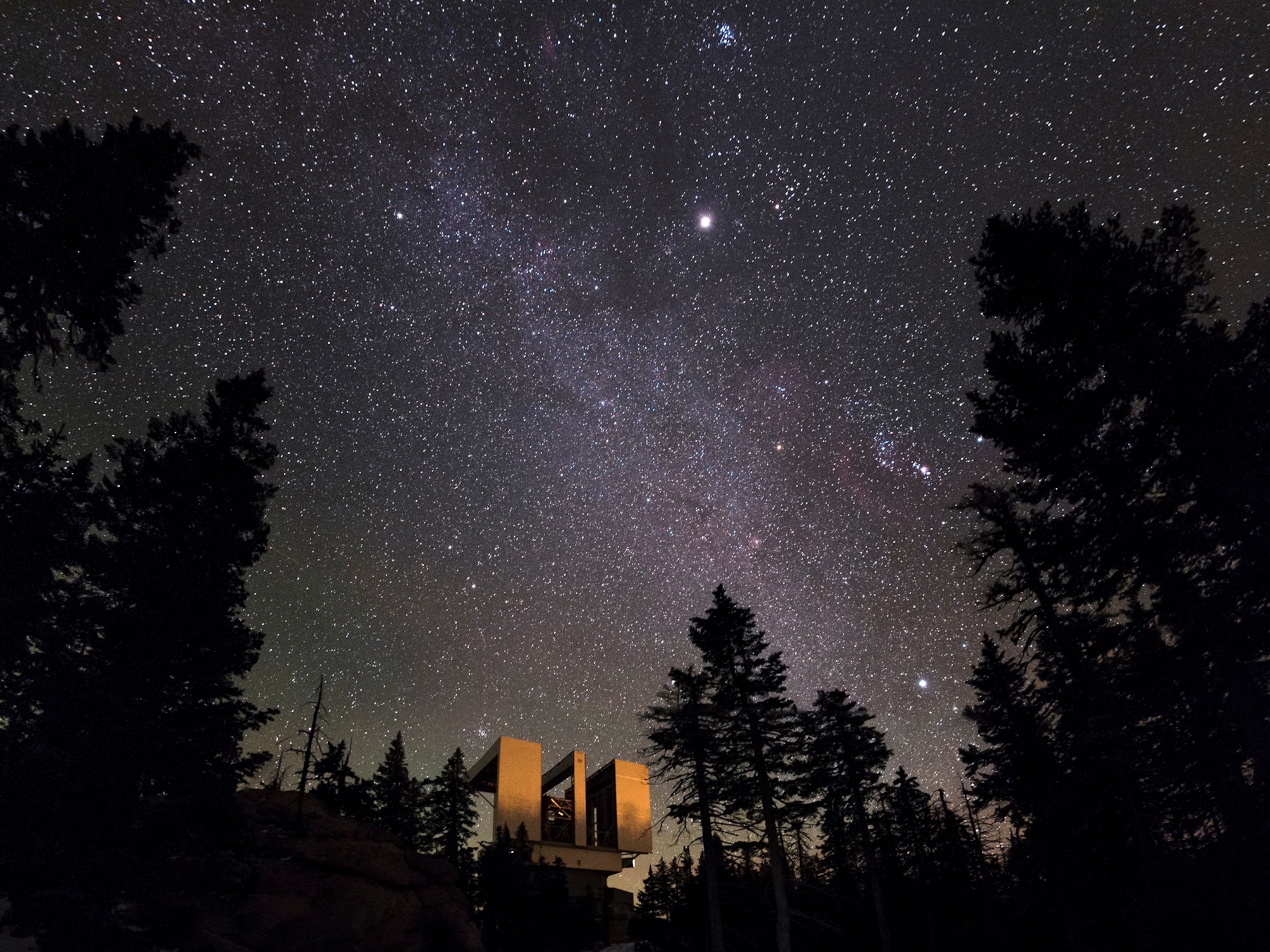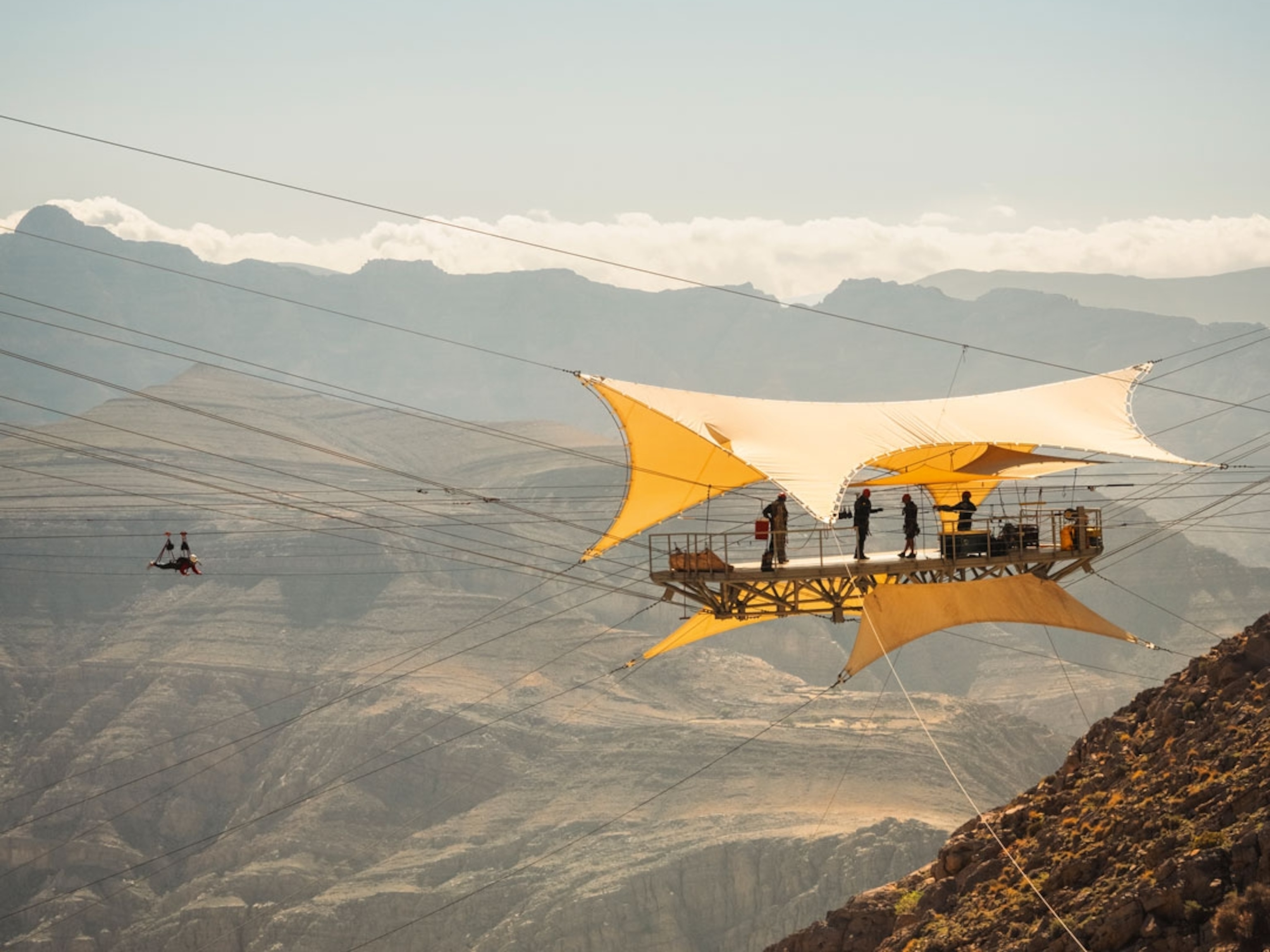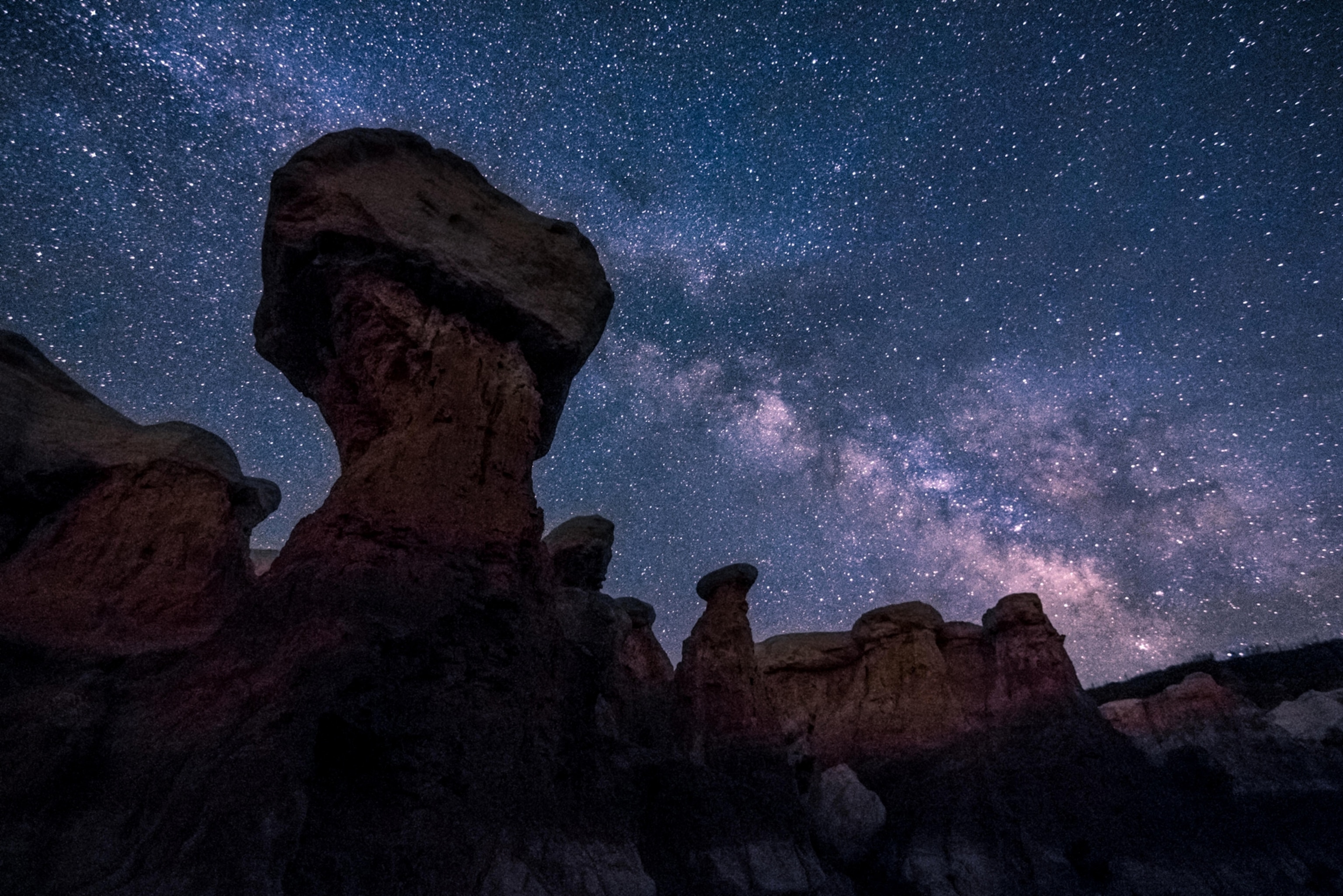
This stargazing road trip offers world-class night sky views
Take a trip to Colorado, home to incredible stargazing sites—and what may become the world’s largest Dark Sky reserve.
At few points in humanity’s past has seeing the Milky Way been a rare experience—until now.
Eighty percent of Americans live under a hazy umbrella of light pollution. Even if we put away the screens long enough to look up, the glare of our existence blocks out the stars. The good news? There’s a growing idea that wilderness extends to the skies. Parks, communities, and sanctuaries certified by the International Dark-Sky Association are slowly popping up all across the country.
If approved, Colorado’s proposed 3,000-square-mile Sangre de Cristo International Dark Sky Reserve would be the world’s largest dark-sky designated area. Even without the designation, the skies of Southwest Colorado—shielded from the interstate glow by endless mountains—blaze with stars.
So hop in the car. This road trip takes you through the heart of the proposed reserve: far from crowds, through tiny mountain towns and deep into public lands. It requires no complicated equipment, special skills, or permits. Just remember to look up.
Note: Skies are clearest on colder nights (with no moon) and winters at elevation can be harsh, making fall one of the best times to chase Colorado’s stars.
Day 1: Paint Mines Interpretive Park
Forty-five minutes east of Colorado Springs, Paint Mines Interpretive Park’s colorful hoodoos and spires are more badlands than ranch country. A small parking lot, a pit toilet, and an interpretive sign complete the humble entrance, and a short walk down a gravel path takes you to your destination: a 750-acre jasper-and-selenite “garden” that turns shades of purple come nightfall. The trails aren’t well-marked—bring a flashlight and pay attention to your tracks so you can find the way back.
Day 2: Westcliffe
After stopping in Florence—Colorado’s “Antique Capital”—for lunch at Turmeric Indian & Nepalese Restaurant, you’ll find yourself in the twin towns of Westcliffe and Silver Cliff. Sitting at 8,000 feet with peaks on three sides, Westcliffe is the world’s highest International Dark Sky Community.
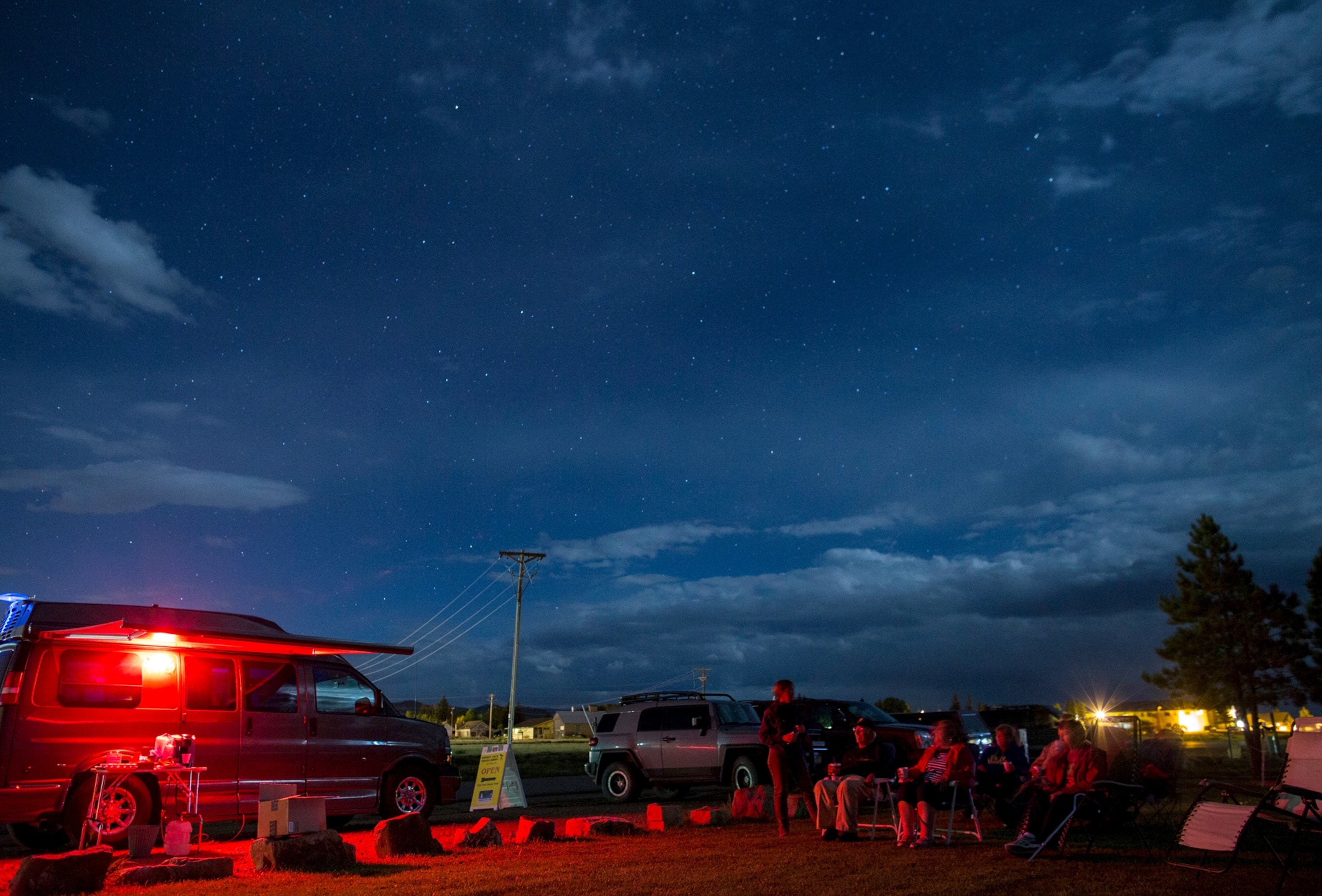
You can book a private star party at the citizen-funded Smokey Jack Observatory (public star parties resume in 2021). But the observatory’s location in Bluff Park provides exquisite views of the Milky Way—with or without the $24,000 telescope.
Day 3: La Veta
“The vein” of the Spanish Peaks region, this Wild West town attracts artists, music lovers, and serious foodies. Spend the evening over a leisurely meal at Alys’, an intimate al fresco experience outside Chef Alys’ home. After dinner, look up: The streets of La Veta, population 810, are prime spots for counting shooting stars and tracking constellations.
For something more remote, walk or drive to Wahatoya State Wildlife Area, where the stars reflect in the eponymous lake underneath the Spanish Peaks. In the morning, get an early start to beat the 30-minute line outside LGBTQ-owned Ryus Avenue Bakery.
Day 4: Great Sand Dunes National Park
Named a dark sky park in spring 2019, Great Sand Dunes—with its color-changing hills and bountiful stars—attracts nighttime crowds. Don’t follow them. Instead, go to the north access point (right off the Piñon Flats campground). Without hordes of visitors waving flashlights, you’ll get much brighter views of the Milky Way dancing above the dunes.
It’s easiest to overnight at Piñon Flats, but those searching for four walls and a four-course breakfast shouldn’t miss the 103,000-acre Zapata Ranch, a hop away from Zapata Falls, with views of the sands—and the stars—just off the deck.

Day 5: Crestone
A beacon to hippies, wanderers, and off-gridders, Crestone delights in funky attractions. By day, take in the vibes of the weird and wonderful San Luis Valley: Visit the Crestone Ziggurat, stand atop the UFO tower, go nude at Valley View Hot Springs, or grab a pint at Crestone Brewing Company on its scenic outdoor patio.
Come nightfall, count stars back at the Ziggurat, at the entrance to the 78,000-acre Baca National Wildlife Refuge, or from the BLM campsites near the Willow Lake Trailhead. If you have time, the five-mile hike up to Willow Lake is one of the state’s best.
Day 6: Black Canyon of the Gunnison National Park
Designated a dark sky park in 2015, Black Canyon knows little but darkness. Snag an early permit—there are only three campsites at the base of the Gunnison Route—and backpack down to the narrow bottom. Let the night swallow you whole among 200-story towers of schist rising above the banks of the Gunnison River.
For less intrepid explorers, the park has regular dark sky events, though it’s simple enough to set up at the South Rim campground and walk over to the amphitheater, spread out your blanket, and lean back. You’ll get a view of the sky 2,200 feet closer than those stargazing from the bottom.
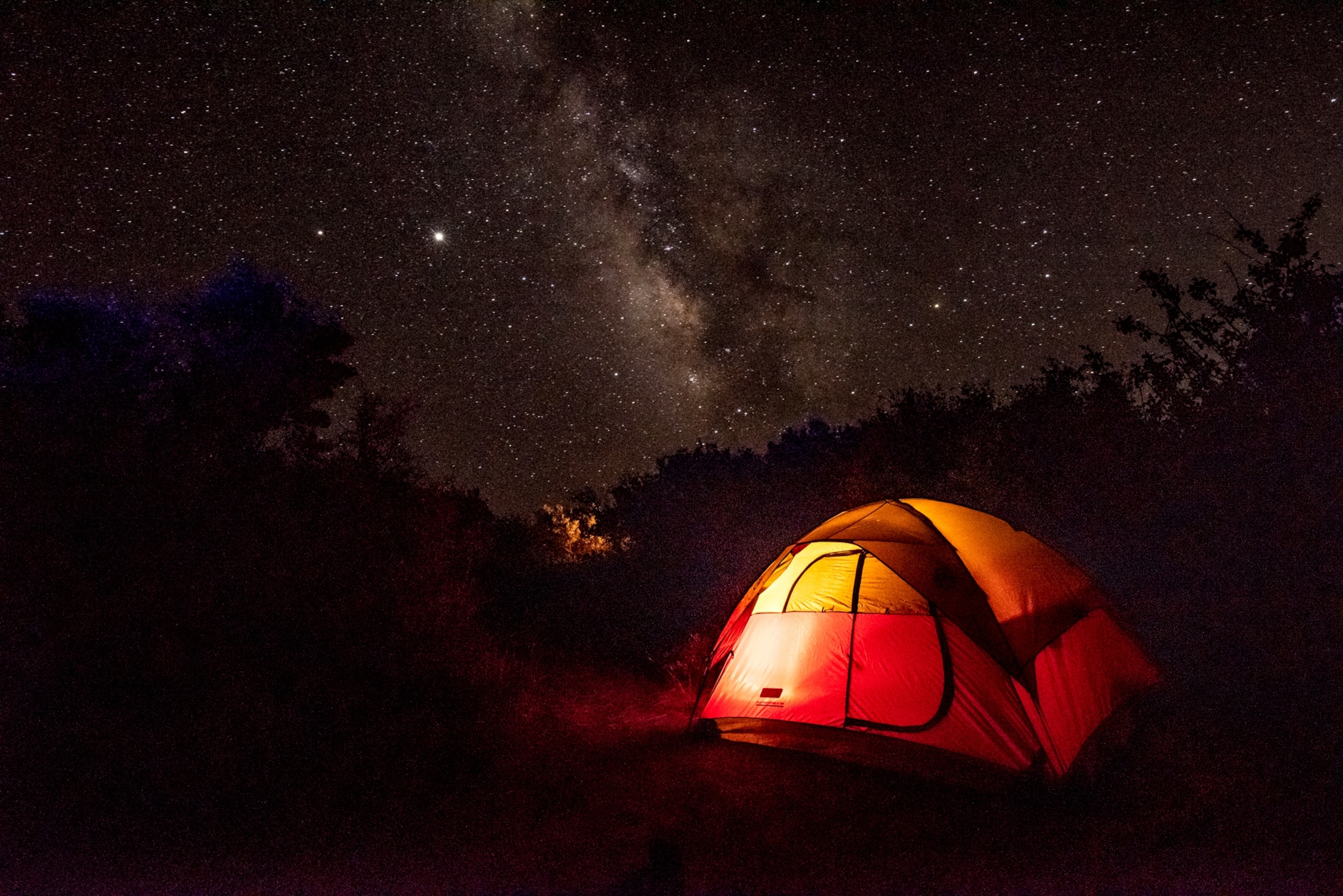
Day 7: Paonia
Paonia—in the midst of securing its own dark-sky designation—lies at the heart of the West Elks AVA (American Viticulture Area), the highest-elevation AVA in the country. The surrounding North Fork Valley might as well be Colorado’s backyard garden.
Buy a bottle of award-winning Reisling from Storm Cellar and take sips on the two-story front porch of the historic Bross Hotel until the stars come out. In the warmer months, head east to Paonia State Park and pitch a tent near the banks of the Paonia Reservoir for views of the sky above the Ragged Mountains.
Day 8: Colorado National Monument
Toast to your trip at Grand Junction’s Bin 707—one of the lauded Colorado FIVE, a statewide pseudo-James Beard shortlist—before heading to Colorado’s “forgotten national park.” The sheer-walled canyons of Colorado National Monument spring right out of the city, but the lights easily fade below the massive plateau.
Drive deep into the park to Book Cliffs View, in between Lizard and Wedding Canyons, and plop a camp chair at the overlook. Saddlehorn Campground is on the same loop; both are front-row seats to the same star-studded show. In fall, expect Milky Way views around 10:30 p.m., with sightlines to distant horizons and red-rock worlds by sunrise.


